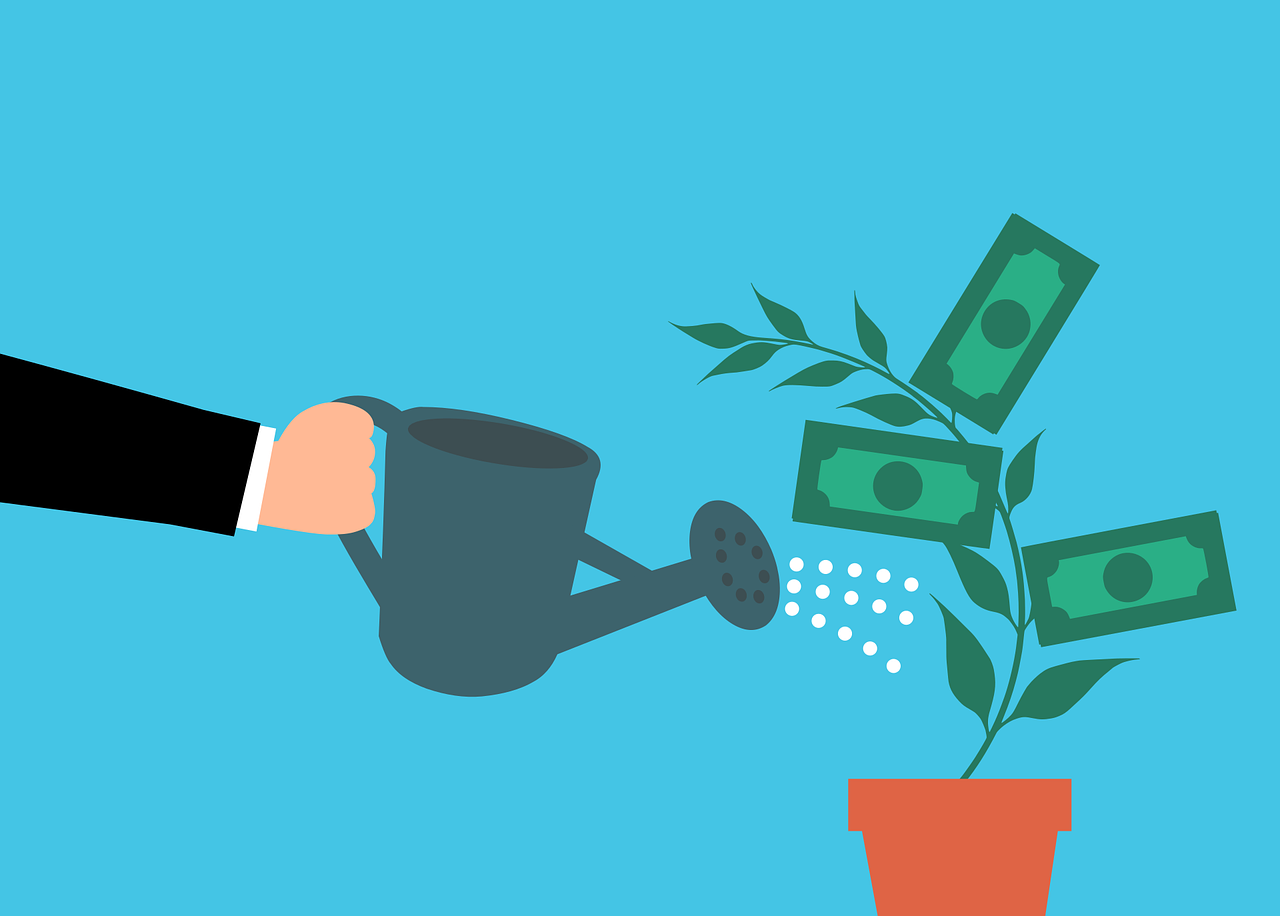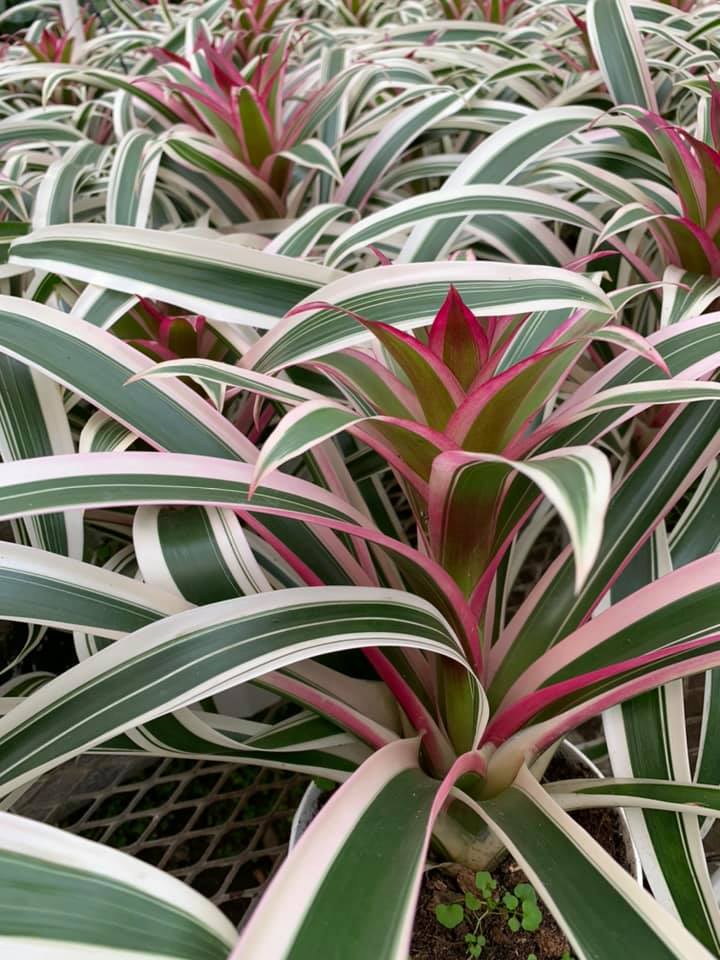
Even simple variegated leaves like these bring higher prices in 2021.
Have you noticed how hard it is to find certain products or services lately? It’s not your imagination. Because of the way many of our spending and purchasing habits have changed combined with unusual limitations due to supplies and employment, there’s a lot more demand.
At the top of the list, the home improvement industry has gone wild. While we were all stuck at home, we looked around and realized we needed to refresh our surroundings. This means we all called contractors, plumbers, painters, and electricians, and plantscapers. The good ones are busy, so get in line soon.
It’s a shock to see the jump in building material prices, especially lumber and plywood. There’s no shortage of wood in North America. We’re good at growing trees for lumber. But sawmills can only work so fast and aren’t well equipped for huge jumps in demand. So – remember your Economics 101? Limited supplies mean higher prices.
Plants are in demand
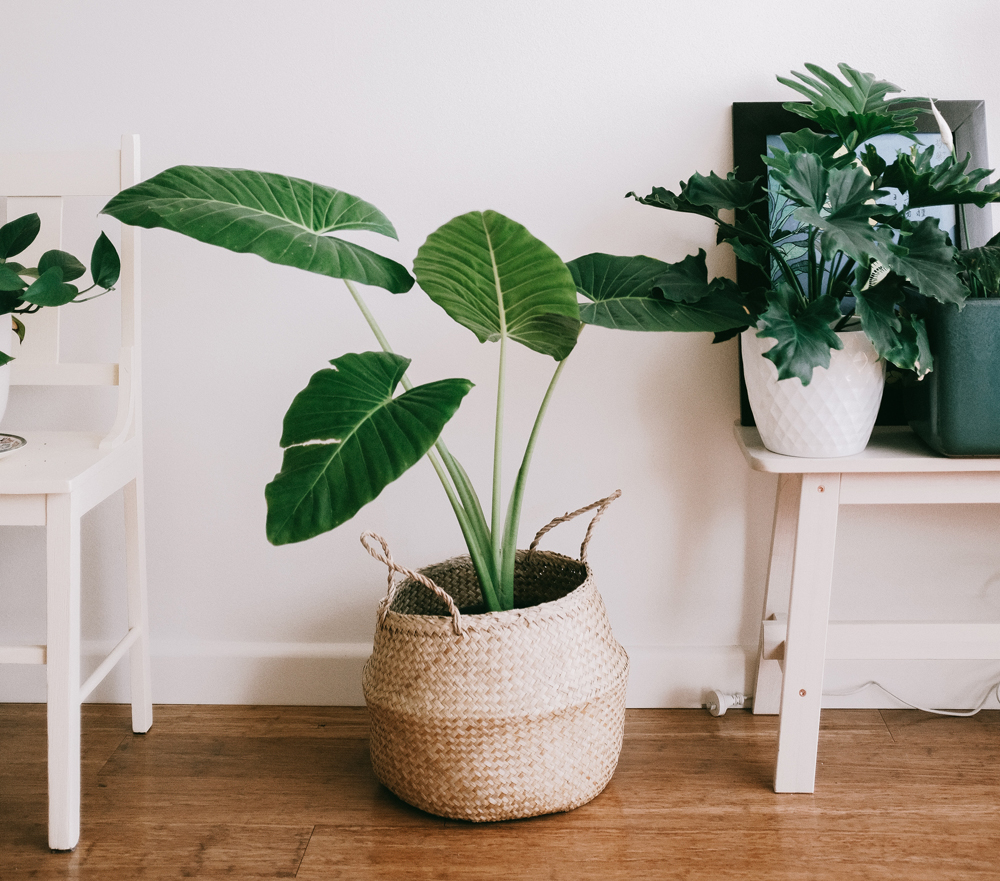
Where are all the indoor plants? Demand is rising faster than inventory due to the pandemic and the growing interest in adding plants to indoor spaces. Photo: Daria Shevetsova
Lumber isn’t the only plant product in high demand. So are indoor plants. Good Earth Plant Company has supplied and cared for indoor plants for more than four decades. We have never seen the kind of demand by consumers for indoor plants in all those years as we have the last year. People have surrounded themselves with indoor plants in their homes. It’s an instinct based on our natural connection with nature, according to the science of biophilia. Having plants in our environment comforts us – and it’s not a coincidence they provide fresh oxygen and calm our senses.
Seeing people embrace the power of plants, and enriching their lives with plants, makes our Good Earth Plant Company team of Eco-Warriors happy. But we aren’t immune to the same supply and demand issue as with lumber. Plants only grow so fast!
Where did all the plants go?
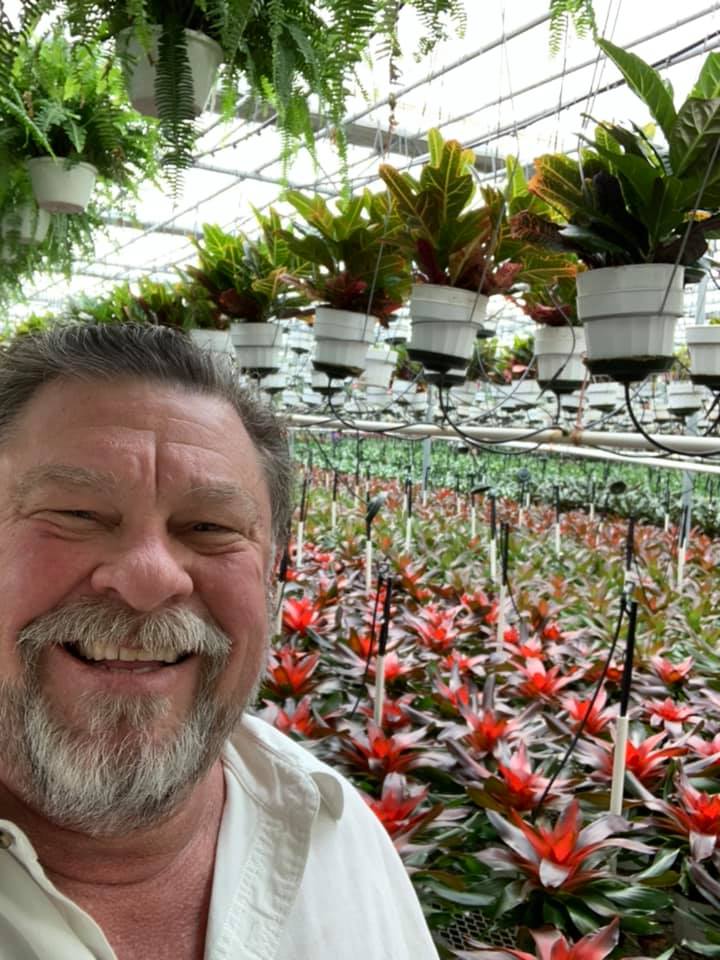
I visited the Olive Hill Greenhouse nursery in Fallbrook just before the pandemic in March 2020.
Many indoor plants are cultivated in South Florida greenhouses because of the climate and available land. Hurricanes are always a concern. In 2017, Hurricane Irma did $2.5 billion in total damage to Florida agriculture. Nurseries, greenhouses, and floriculture accounted for $625 million in damages. The industry is still working to recover.
As a workplace greenery veteran, I see family-run businesses closing when the younger generation doesn’t have an interest in taking over. This isn’t unusual. According to the Cornell University Johnson School of Business, just one-third of family-owned businesses survive to the second generation, and only one in ten passes to a third generation. The average life span of a family-owned business is 24 years. Agriculture is an especially challenging industry. The kids are selling the nurseries of their parents and grandparents to developers rather than continuing operations.
And – of course, there is COVID-19 which is still having a big say in our economy and lifestyle.
Plant prices keep rising
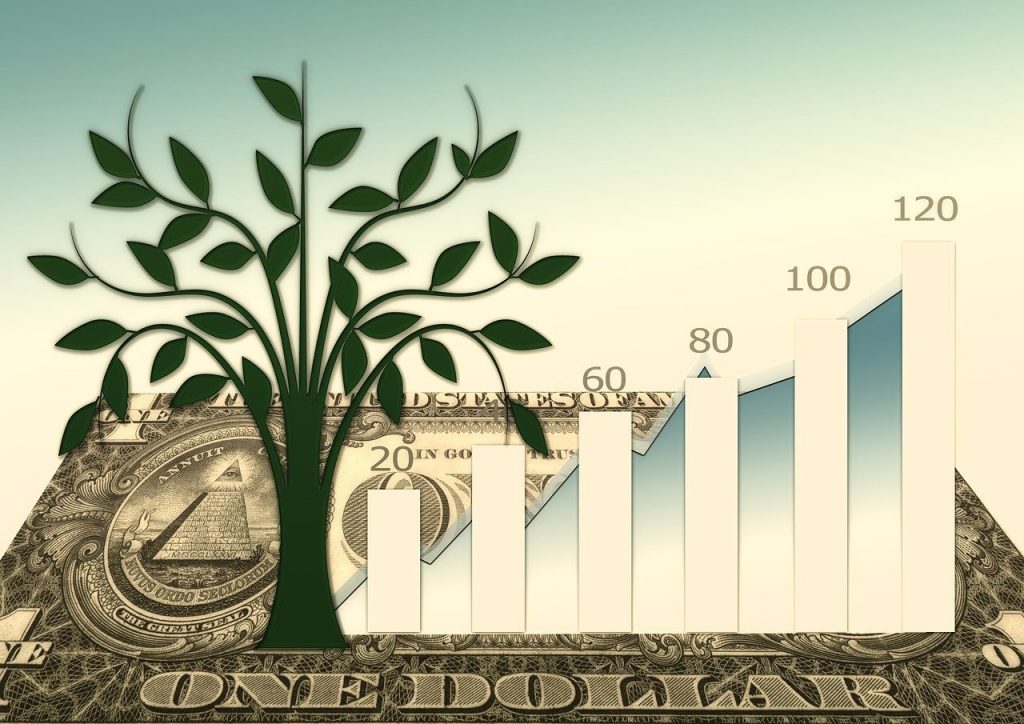
For the first time, the Wall Street Journal included indoor plants in its inflation index. Illustration: Gerd Altmann
The plants we maintain for our clients have all gone up in value. For the first time, we can ever remember, “indoor plants” were included in a post-pandemic price index in the Wall Street Journal. In the recent article “Which Higher Prices Are Here To Stay?” the items listed are apparel, restaurant meals, furniture, appliances, used cars and rental cars, and – indoor plants and flowers. Hello 2021!
The price spike in the cost of new plants underscores how much more important it is for our horticultural technicians to provide the highest level of skill in maintaining existing plants. We never want to see a plant become sickly, damaged from the stress of low indoor light or hurt by pests or disease, but it does happen. The problem is that it’s nearly impossible to replace mature plants. Even when we can find good quality plants, they are younger, smaller, and more expensive.
Your investment in Nature is worth protecting
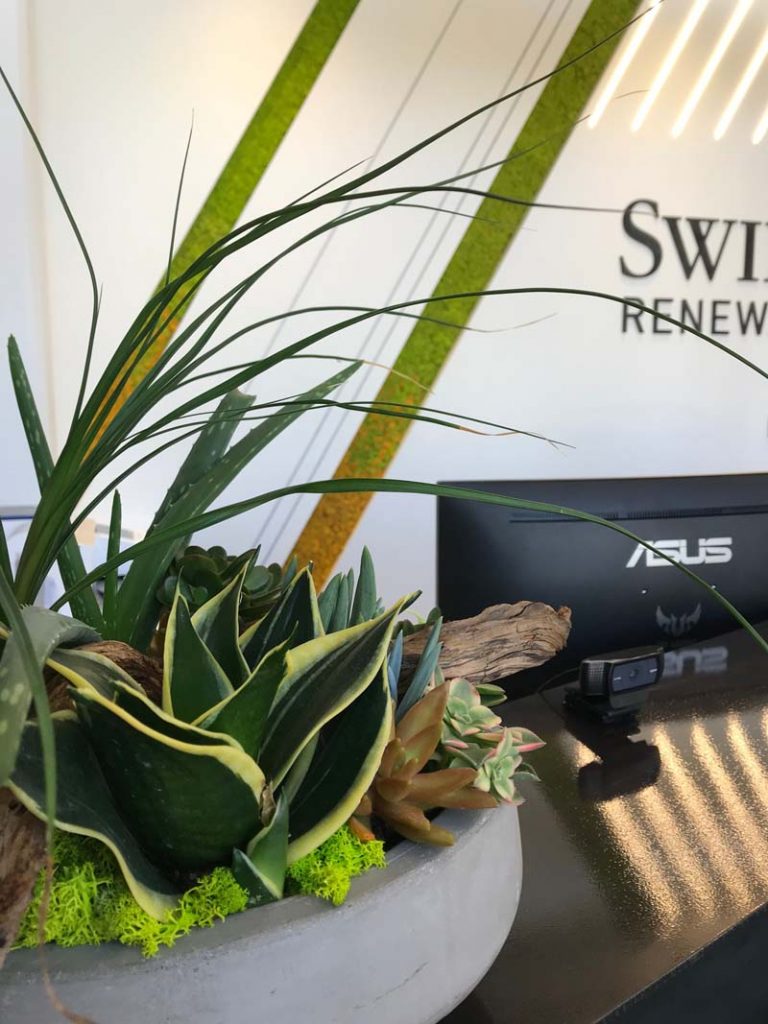
Our horticultural technicians work hard to protect your investment and keep your indoor plants thriving.
We’re getting creative and doing everything we can to keep our pricing affordable, stable, and consistent. Being able to regularly access and check on all of our clients’ plants and then provide consistent care is key to their survival and success.
The good news: We will never charge you $19,297 for a plant.
Two weeks ago, a rare indoor plant up for auction on a New Zealand website got a winning bid of $19,297. It was a rare white variegated Rhapihdophora Tetrasperma. It is a plant native to Thailand and Malaysia. It’s beautiful, but it’s hard to explain why it got such a high price. More than 100 thousand people viewed the plant, and 102 people placed bids.
Variegated indoor plants, in general, are wildly popular. Leaves with multiple colors are less common overall, and individual mutations in plant DNA can create unusual color patterns. Sometimes plants turn up with white spots, striking or vivid colors, or one-of-a-kind shapes. Growers recognize the variants, take cuttings and create new cultivars! When they are extra rare and hard to get, they become VERY expensive.
At Good Earth Plant Company, we believe ALL plants are valuable thanks to their many benefits in our lives. We treat them all with lots of care and respect. Plants want to live, and they do their best to survive, even when we abuse them, neglect them, or overwater them. Give them the best possible chance to thrive!

